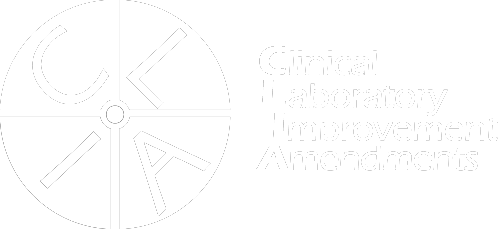By: The Hon. Patrick C. Bowler, ret.

The US Centers for Disease Control and Prevention recently announced that more than 100,000 people died of drug overdoses during the 12-month period ending April 2021. Health officials described the dramatic increase in overdose deaths as an example of the devastating effects of COVID-19 as it spreads far beyond the disease itself. The fear of infection by COVID-19 and the mandates arising from it, defined by distancing and isolation, caused many disruptions to the everyday functions of the courts, probation, treatment services and social service agencies.
Several of the deleterious effects of COVID-19 are illustrated by the impact of the disease on treatment courts. Treatment courts establish a framework for realizable rehabilitation by partnering with treatment services and the community in a joint effort to effectuate the goal of recovery for individuals struggling with substance use disorders. The success of the drug court movement is based on several innovative components, but if boiled down to a single concept, it would be the effective use of communication and collaboration towards achieving the common goal of recovery for substance users. Treatment courts bring together traditionally adverse components of the justice system to form a team that communicates with each other. The team enjoins the community and works with public health and social service agencies to develop a holistic net of services, resulting in a concentrated system of communication all working for the common goal of sustained, long-term recovery for participants.
The system of direct and frequent communication generated by the treatment court team draws the substance user into an environment of social connection and support. Research confirms that continuous contact, such as the bi-weekly meetings between the participant and the judge, is an essential catalyst to participant compliance and success. The collaboration keeps the individual faithful to their treatment plan while simultaneously providing a social network that reduces isolation and loneliness, known contributors to use and relapse.
The pandemic disrupted the successful pattern of communication and community that defines treatment court success. A new normal of virtual communication relying on platforms of video and audio replaced the interpersonal communication between the treatment court team and the participant. While remote communication offers some positive aspects, such as public health’s use of telemedicine to advance services into rural areas that lack resources, it raises issues unique to behavioral health care. Treatment for substance users is client-centered, dependent on relationship-building and trust. Treatment court teams, as partners in the therapeutic alliance, also rely on interpersonal communication to develop trust and relationships with participants.
The injection of virtual communication disrupts the interpersonal communication that underlies treatment court success. Remote, and other forms of ‘cold’ messaging (emails, texts, etc.), cannot equate to the personal communication necessary for trust and relationship-building. If continued as part of the court function, it behooves court leaders to institute curriculums for enhancing judicial skills in rapport building, empathy, and reflective listening in the virtual setting.
The pandemic also required treatment courts to rethink traditional responses to client behaviors and the use of sanctions and incentives. As priorities shifted to safety and protecting the health of participants and staff, jail sanctions became impossible or reduced in scope. As a result, many courts became innovative, utilizing less severe sanctions, and found that they were as effective as the use of incarceration, and importantly, much less disruptive of a participant’s treatment plan.
COVID-19 also required courts to rethink strategies for drug and alcohol testing. Because of new restrictions and issues of public safety, some courts and agencies have been forced to reduce or suspend testing precisely at the time when successful recovery requires more, not less, testing. Data clearly indicates that the pandemic has resulted in a significant increase in the consumption of alcohol and drugs by public consumers. To maintain successful recovery for clients, frequent and random alcohol and drug testing, a bedrock component of treatment courts, must continue. Testing provides a therapeutic tool that deters future drug use and allows participants to learn coping and refusal skills for rejecting new drug use opportunities. It identifies relapse and allows for rapid interventions essential to recovery. Testing also communicates an important message to participants that their behaviors are being observed, reminding them of the court’s leverage. Exit interviews of successful drug court participants indicate that testing was an important motivator for them and helped them stay compliant.
To be successful courts must be provided the resources to retain professionals in the field of drug and alcohol testing who are able to safely test despite the pandemic. Drug testing serves as an important aspect of communication, providing the objective information that supplements subjective information gained by personal communication with the client, and instructs the proper path for defining, modifying, and sustaining the treatment plan for substance use disorders. Combining all the strategies above, courts and agencies can continue to be both safe and effective throughout the era of COVID-19.


